#Richard Leplastrier
Photo

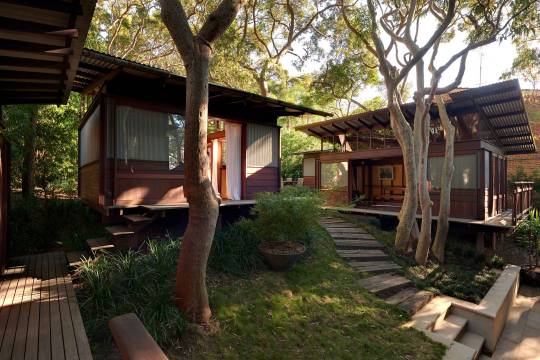
richard leplastrier // angophora house // australia
259 notes
·
View notes
Text

Angophora House - Richard Leplastrier
2 notes
·
View notes
Text



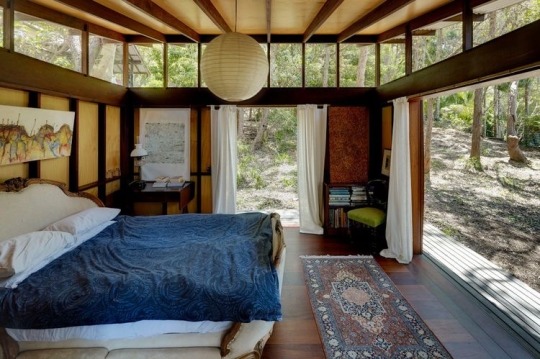
Angophora House, Richard Leplastrier
11 notes
·
View notes
Photo

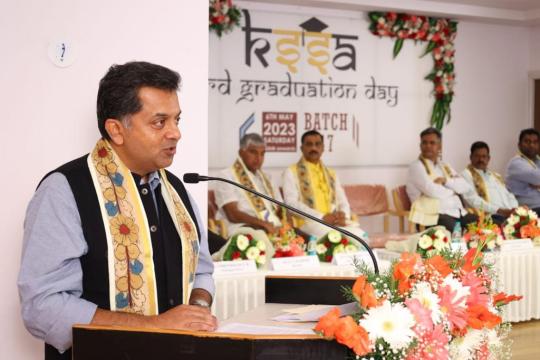
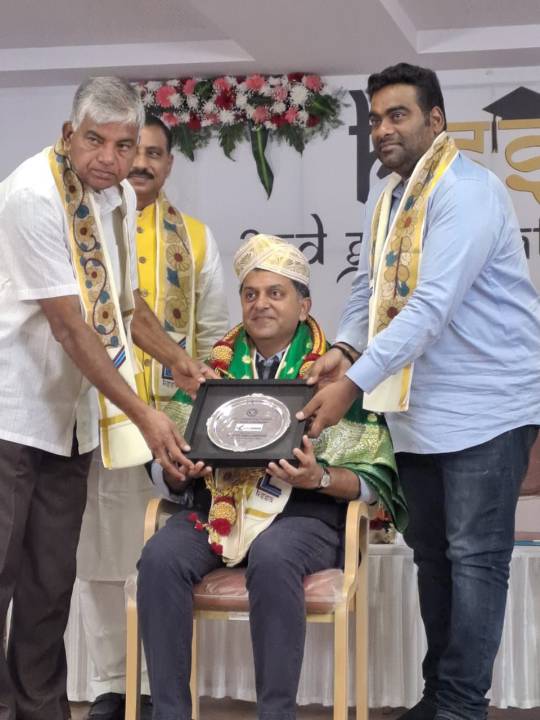
I was invited to give the convocation address at KS School of Architecture on 6th May, 2023. Here are a few excerpts from the talk:
--
Congratulations to all of you on the successful completion of five years of what was possibly often demanding and confusing but also hopefully deeply satisfying.
Working in architecture, as a practitioner is much the same - long periods of doubt, consumed by the fog - the ways unclear, the goals obscured - but occasionally the parting of the clouds and brilliant light in those moments of epiphany and realisation. As practitioners we live for these moments of clarity - when universal expression finds a conduit, so to speak.
We are fortunate to be a part of this creative legion -we work in the realm of dreams and aspirations, as assimilators but also as the articulators of shared ambitions. The realisation of one’s ideas, often shaped and modulated by consensus, is a deeply satisfying thing. Not many other professionals share this. I am sure your five years here must have given you the opportunity to experience the profound joy of successfully working together with others on a shared task - a measured drawing exercise perhaps, household surveys, college fest preparations, and of course NASA.
I look back at my own graduation, in 1994, and remember the excitement and anxiety of being on this very threshold - but unlike all of you, that moment passed by most innocuously - a few friends at the university, paying a fee and collecting our certificates from a nondescript sarkari office - no fanfare, no angavastram, no convocation address - just the quiet realization that we were now out in the world on our own.
That world seems benign compared to the turbulent and volatile one you are entering into now. We are in a time of momentous and epochal change. I can draw a straight line from post-independence practitioners like Charles Correa and BV Doshi to our practice - predicated as they are on ideas of context, prudence, empathy and careful labour. These principles are still valid in my mind, but added to them are the ideas of morality, speed and agility. Globalisation, the climate crisis and rapidly evolving technologies demand urgent and original responses.
Globalisation has flattened our sensory world - the same cities, the same clothes, the same cars, the same music, the same architecture but has exacerbated latent inequities, and disparities in our socio-economic and emotional conditions. The promise of well-being and the great society haven’t come to pass. The simplistic focus on smart cities - infrastructure, metro-lines and the spreading stain of ‘development’ need fundamental re-evaluation. Graduating into this world, one must question the dubious frameworks holding up this facade.
What more needs to said about the climate crisis? The construction industry is the single largest contributer to green houses gases. Our times demand that we approach our work and choices through the lens of morality - what is the right thing to do? Not how much but how little could we do? This time of crises offers us the opportunity for substantive invention.
And we are in a polynaistic age. Unlike earlier times where revolutionary discoveries and inventions - the wheel, the printing press, and so on had a long gestational period as they made their way into common usage, today there seem to be revolutions every two weeks - the iPhone, Midjourney, GPT4 and so on. The rapid evolution in the tools we use to imagine and articulate the future are both wildly exciting and deeply disturbing.
I would like to offer you four core principles to hold close in these uncertain times. Architecture, at its most fundamental, is the making of places for well-being, as Richard Leplastrier, the great Australian master, once said. It is easy to lose sight of this basic condition when faced with such existential crises and profound change. These principles, embedded in the humanistic tradition, offer respite from the ubiquitous, and mostly banal work that is produced in the name of sustainability. Clever material choices, checklists and certificates masquerading as architecture. I urge you to consider the difficult pursuit of beauty and meaning rather than just mere sustenance and accreditation.
The first principle is Scenius
This is a word coined by the great music producer, Brian Eno. It is a rejection of the idea of creation as an individual pursuit of a solitary genius and instead crediting it to the scene - the milieu - creating the right environment and providing the impetus for meaningful creative production. This is most evident in the making of architecture - an inherently collaborative process.
These challenging times require the genius of a collective to comprehend, assimilate and speculate. As architects our principle role may now be to orchestrate this coming together of collaborators and the assimilation of this shared knowledge. As our cities grow denser we see what Constantinos Doxiades, the Greek planner hypothesised - the exponential growth of creative production. This tightness - people pushed closer by the city - giving rise to the meeting and collaboration between the outliers, the rebels, the marginalians. We are in a unique place in our cities to find revolutionary and innovative solutions through such Sceniuses.
The second principle is the Search for Meaning
As we imagine and describe our production as architects, we often speak of it in terms of technique - the materials and mechanical systems we have used, the formal strategies to address context and climate, and so on. We rarely discuss what Louis Kahn called the nature of architecture - going back to the beginnings of institutions. These origin metaphors make evident the latent and embedded conditions in a given site, within a given culture, for a given program. The work must give expression to this identity and provoke debate and conversation.
As a young professional, I hope you will try and articulate that abiding metaphor that encapsulates the circumstances you are presented with in your projects. These can be simple and personal like in that wonderful wall in Alvar Aalto’s summer house - a small blue tiled square embedded in a wall of red brick - bringing him the warmth of the Italian riviera in the harsh Finnish winter, or profound, like in Akbar’s tomb in Sikandra - the tomb becoming a portal to another realm through manipulations of embellishment and sensory stimuli...giving us for a fleeting moment an audience with the great man.
The third principle is the Historical Sense
In his seminal essay, Tradition and the Individual Talent, TS Eliot talks about the cntral paradox of the creative pursuit. On the one hand it is to find the new - an expression of our times, the zeitgeist, and on the other hand it draws from the past for instruction but also to understand the effect the new work has on the canon.
Charles Correa Associates completed the Champalimaud Center for the Unknown in Lisbon in 2011. It is a state-of-the-art facility guided by some of the best scientist in the world. Correa says, “What makes me most proud about this project is that it is NOT a Museum of Modern Art. On the contrary, it uses the highest levels of contemporary science and medicine to help people grappling with real problems; cancer, brain damage and going blind. And to house these cutting-edge activities, we tried to create a piece of architecture. Architecture as Sculpture. Architecture as Beauty. Beauty as therapy.”
The site, where the river meets the Atlantic Ocean, is steeped in history. It is the site where Henry the Navigator, Vasco de Gama and other great Portuguese left on their journeys into the unknown—a perfect metaphor for the discoveries of contemporary science today, Correa points out.
The recognition of the importance of this location in history from where these intrepid explorers hung a left out into the unknown, gives Correa’s idea of opening up the centre of the campus with a large ascending plaza out onto the ocean incredible gravitas. It at once makes a deep connection back to history and gives context to our enduring tryst with the unknown.
And finally the fourth principle is Being in the world
This is probably the most important principle. Traditionally, an architect sits in her office and waits for the commission to arrive. We receive instruction and go about working on the commission. This approach to practice is primarily reactionary and is rapidly changing. As practitioners, young architects are redefining the way one engages with the world. They are initiating projects and finding the means to get them realised. They work with communities, philanthropic organisations or crowd fund these initiatives. It is refreshing to see that some of these young practices are involved in their communities as partners, working with larger teams to conceptualise and build public projects.
We are besieged by crises and rather than wait for invitations to be in the world, we must get into the trenches and be a part of the solution. This architectural education has if nothing else, developed in each of you a sense of empathy...to see the world through the eyes of the other. Our studio projects invariably put you in unfamiliar contexts and force you to articulate the challenges and opportunities present here.
This ability to see analyse and speculate, give us a unique position to take on a more proactive, rather than reactive engagement with the world. This may come in many forms. I remember when Prof. Sathya Prakash came back to Bangalore and was part of BIT (I was still in college then) and there was suddenly a stir in the air. He organised design walks, lectures, and was, as he is now, an instigator, a provocateur. He brought us his point of view and compelled us to engage. Each of us must find a way to be an active agent of change in the world - find your cause and commit to it. The work of an architect isn’t limited to the creation of a physical artifact - one can find other avenues of engagement, like writing, drawing, organising events, and so on...to give expression in our communities to the larger ideals this education has instilled in each of you.
Though this moment may be filled with some anxiety, each of you should know that this particular time is one of infinite possibilities. The world waits for you...we wait for you...You carry with you the blessings of your teachers and parents, the values of this education and the untrammeled vision of youth. Take on this world and its crises head-on. There is no time to lose.
Godspeed and good luck.
1 note
·
View note
Text

Richard Leplastrier - Lovett Bay House
I like that the room is open to the environment, he's working in natural light, the house has some elements of a Japanese temple in the exposed beams and poles, and paper screen looking walls but isnt as bold decorative and doesn't come across as appropriation, it looks great without being in the way.
I like the mix of furniture, big free form fine furniture table but he's sitting on a saw horse next to that armchair.
Coming across the film about Richard made me realise I wanted to make furniture. Hearing Richards ideas about architecture made me realise it wasn't all about making shiny stuff for the ultra rich and working in some competitive, profit motivated business, But simply creating places to live that work with their environment and finding a way to do that work which suits you.
0 notes
Photo
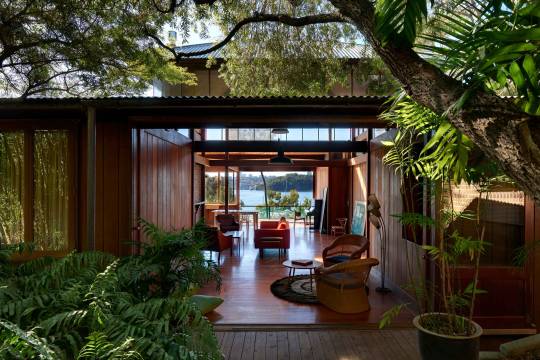

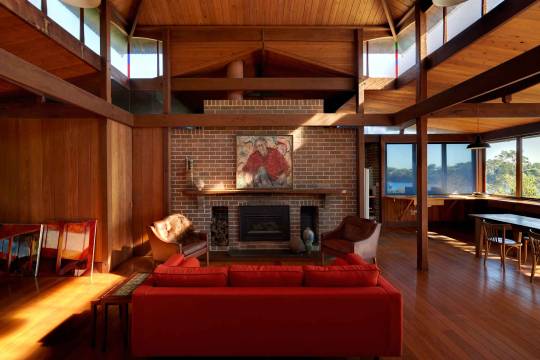


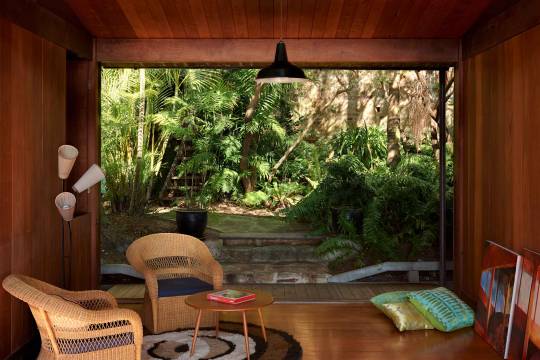



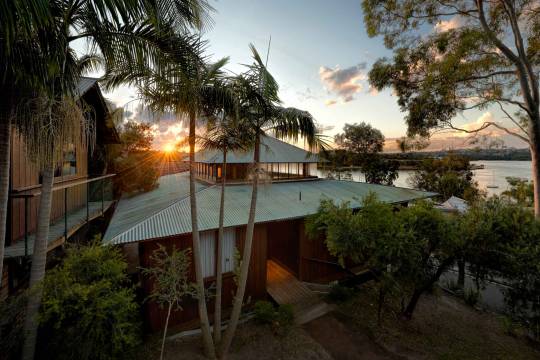
RICHARD LEPLASTRIER - TOM UREN HOUSE
Video Link
0 notes
Photo

Via @morentz_gallery This stunning home, located on a secluded cul-de-sac in Balmain East, a suburb of Sydney, was built by one of Australia's most critically acclaimed architects Richard Leplastrier for a notable client. ⠀⠀⠀⠀⠀⠀⠀⠀⠀ This distinctive, handcrafted house was designed and built in 1988-1992 and was set close to the water giving it spectacular views of its surroundings. It was built by Richard Leplastrier, one of Australia’s most influential and internationally awarded architects, and was home, until his death in 2015, to Tom Uren, one of the country’s most respected politicians and a well-known campaigner for the environment, peace and social justice. ⠀⠀⠀⠀⠀⠀⠀⠀⠀ Taking its cue from the nearby industrial waterfront buildings, as well as from the character of Uren himself, there’s a solidity and robustness to the form of the three-bedroomed timber house, and yet it still manages to create an element of openness and intimacy. With a later addition, in the rainforest garden, of a two-storey structure, based on a boat house and incorporating a fourth bedroom and second bathroom, the Tom Uren House is perfectly suited to its location. ⠀⠀⠀⠀⠀⠀⠀⠀⠀ For Leplastrier, “when you make a house for a person, it’s suiting them, and I mean that in terms of clothes. It’s like an overcoat for a family, it’s a very particular thing.” Tom Uren, he says, was very much at the forefront of his mind as he designed this house. If you look from across the road, he says, there are “a series of houses that sit together, cheek by jowl, and then suddenly you come to Tom’s place. It’s not isolated; it’s the head of that line, and I’ve always seen him as a figurehead in a way, a politician who had the good of the community in his heart.” ⠀⠀⠀⠀⠀⠀⠀⠀⠀ With timber as one of the main materials in the house, the overal design has an extraordinary warmth and adds a lot of character to the house. ⠀⠀⠀⠀⠀⠀⠀⠀⠀ Photography by Michael Nicholson. #australianarchitecture #iconichouses #architecturehunting #richardleplastrier #australianhomes #timberhouse #architecturedesign #australianhomes #1980sdesign #80sdesign #tomuren #modernhouses (en Balmain East, New South Wales) https://www.instagram.com/p/Cph-dNpIKSh/?igshid=NGJjMDIxMWI=
#australianarchitecture#iconichouses#architecturehunting#richardleplastrier#australianhomes#timberhouse#architecturedesign#1980sdesign#80sdesign#tomuren#modernhouses
1 note
·
View note
Text
Atelier Hawkesbury / Leopold Banchini Architects
Atelier Hawkesbury / Leopold Banchini Architects
Atelier Hawkesbury / Leopold Banchini Architects
Courtesy of Leopold Banchini Architects
+ 13
Share
Share
Facebook
Twitter
Mail
Pinterest
Whatsapp
Or
https://www.archdaily.com/965046/atelier-hawkesbury-leopold-banchini-architects
Courtesy of Leopold Banchini Architects
Text description provided by the architects. In the early 1990s, Richard Leplastrier settled on the shore of Lovett…
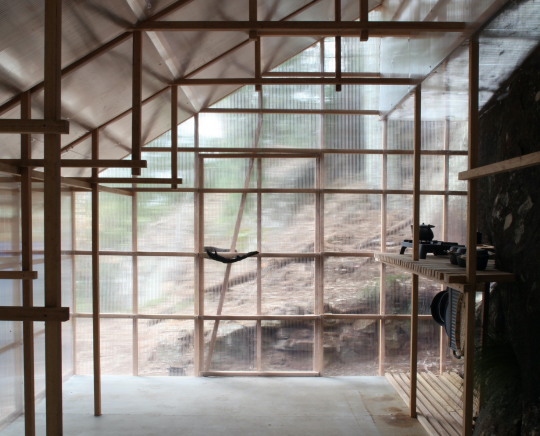
View On WordPress
0 notes
Photo


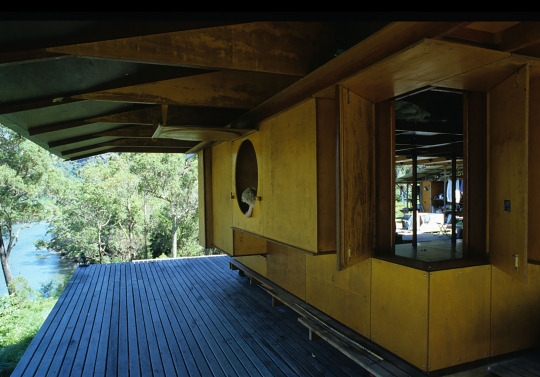

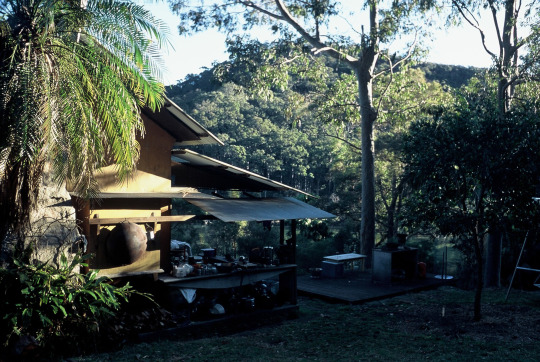


Lovett Bay House, Sydney - Richard Leplastrier
-
#Richard Leplastrier#architecture#building#design#house#house design#home#cool houses#iconic#beautiful#beautiful house#amazing spaces#modern#modernist#cool#retro#modern architecture#interiors#interior design#decor#timber#wood#wood architecture#wood house#metal roofing#workshop#porch#forest#australia#australian designer
191 notes
·
View notes
Photo

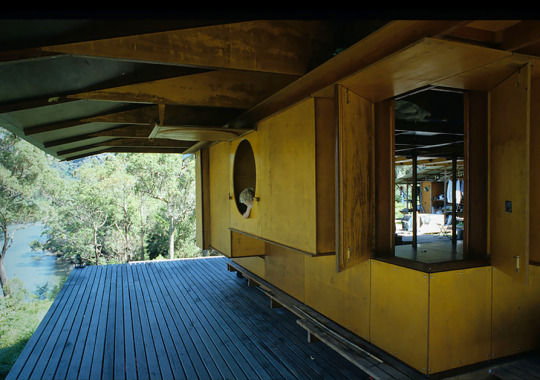
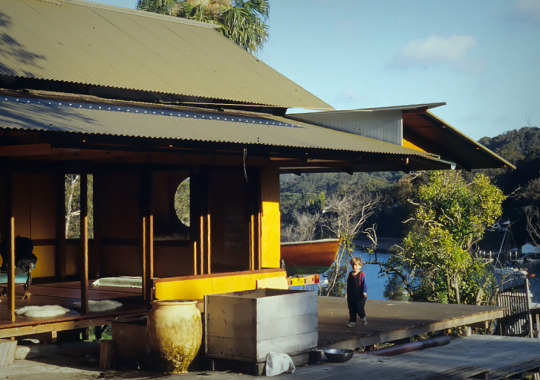

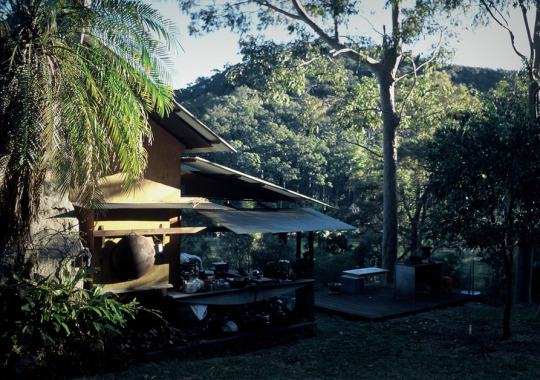


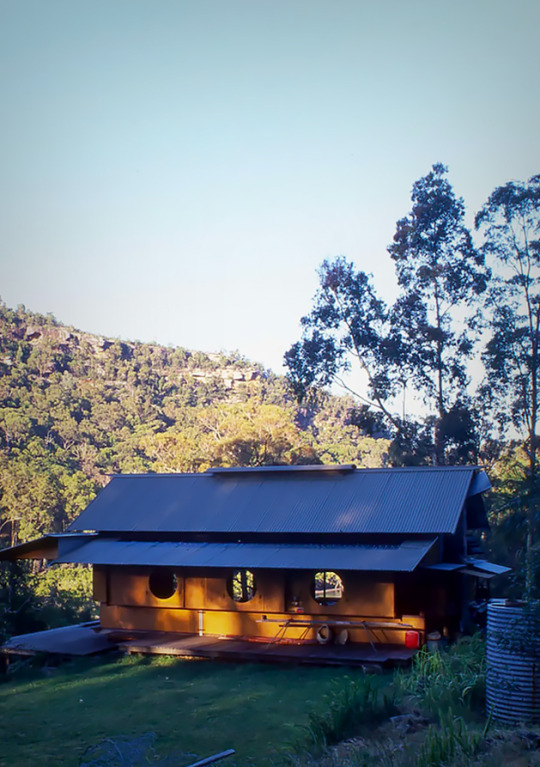
875. Richard Leplastrier /// Lovett Bay House /// Lovett Bay, New South Wales, Australia /// 1994
OfHouses presents Faraway, so Close I: Australia.
(Photos: © Leigh Wooley. Source: a+u 2018:09 Sustainability in Australia; ozetecture.org.)
#faraway#faraway australia#Richard Leplastrier#Australia#90s#OfHouses#oldforgottenhouses#www.ofhouses.com#the collection of houses
400 notes
·
View notes
Photo



Richard LePlastrier
71 notes
·
View notes
Photo

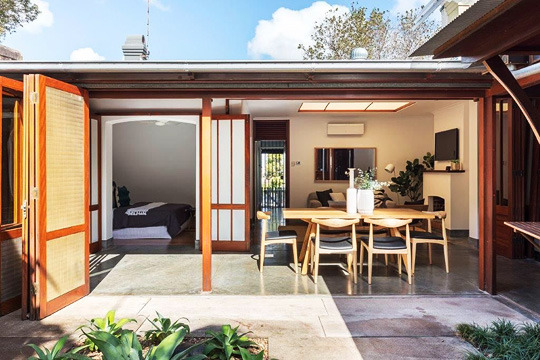
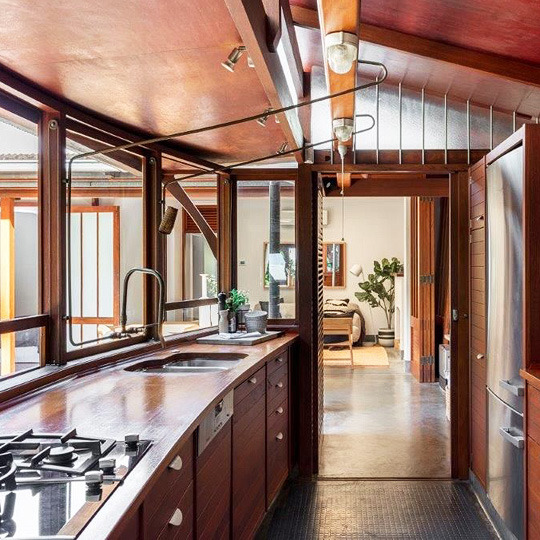
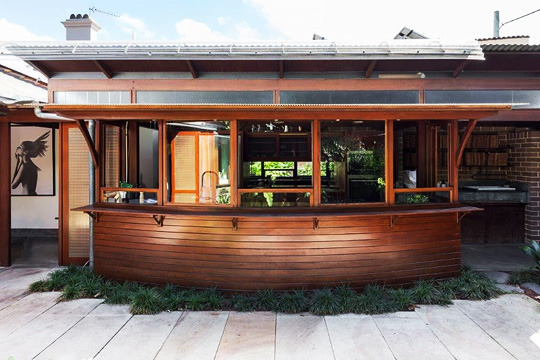

Paddington, Sydney x
4 notes
·
View notes
Photo
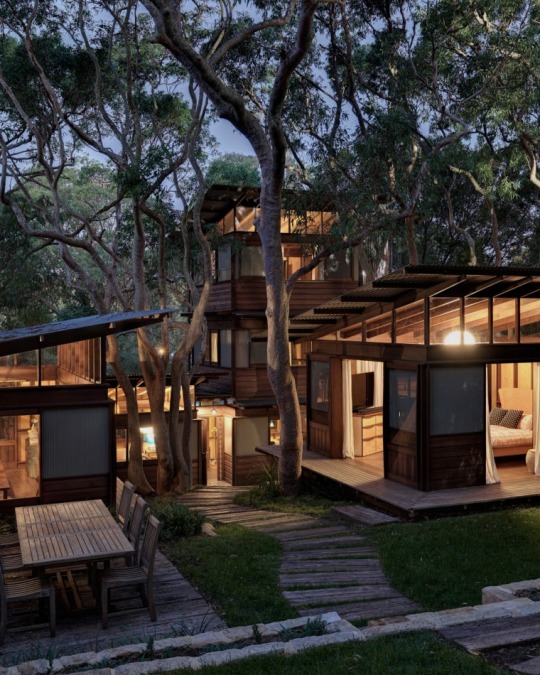
Richard Leplastrier’s Angophora House | Photographed by Michael Nicholson
639 notes
·
View notes
Text
Home Decor Accessories Modern House: Angophora House by Richard Leplastrier
Home Decor Accessories
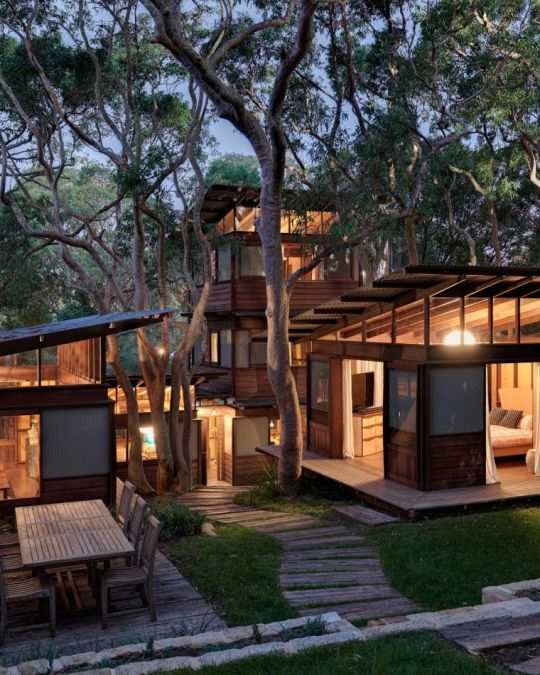
Modern House: Angophora House by Richard Leplastrier
#Home Decor Accessories Modern House: Angophora House by Richard Leplastrier#Home Interior Design Ind
0 notes
